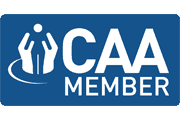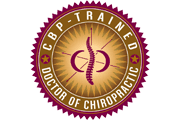Understanding tension headaches
Tension headaches are the most common type of headache, and they can cause mild to moderate pain in your head. They often feel like a tight band around your head and can be caused by stress, poor posture, or muscle tension. Sometimes they can also be triggered by certain foods, dehydration, or lack of sleep. Identifying and addressing the triggers of tension headaches can help reduce their frequency and severity, so pay attention to your daily habits and try to make healthy lifestyle changes.
Causes of tension headaches
Tension headaches can be caused by various factors such as stress, poor posture, muscle tension, and even certain foods and drinks. They are often associated with tightness or pressure in the head, neck, and shoulders, and can be triggered by factors like long hours of screen time, dehydration, or lack of sleep. Muscle tension is a common culprit, leading to aches and pains in the head and neck area. Emotional stress can also contribute to tension headaches by causing muscle tightness and constricted blood vessels. Additionally, poor posture and jaw clenching may lead to muscle strain and tension in the head and neck, resulting in headaches. Recognizing these factors can help in preventing tension headaches and improving overall well-being.
Impact of tension headaches on daily life
Tension headaches can significantly affect your daily life by causing persistent pain, discomfort, and difficulty in focusing on tasks. They can interfere with work, sleep, and overall productivity, making it challenging to carry out regular activities with ease. These headaches may also lead to irritability and fatigue, impacting your emotional well-being and ability to enjoy daily activities.
Benefits of chiropractic care for tension headaches
Chiropractic care can offer relief from tension headaches by addressing the root causes of the pain. According to the American Chiropractic Association, chiropractic adjustments can help reduce the intensity and frequency of tension headaches by improving spinal function and reducing stress on the body’s nervous system. Additionally, chiropractors can provide personalized advice on posture, ergonomics, and relaxation techniques to further alleviate tension headaches. Regular chiropractic care may also help prevent tension headaches from occurring, leading to a better quality of life for those who suffer from this common ailment.
Tips for preventing tension headaches
Tension headaches can be prevented by maintaining good posture, staying hydrated, and taking regular breaks from screen time. Gentle neck stretches and shoulder exercises can also help to relieve tension. Consider reducing stress through relaxation techniques such as deep breathing, meditation, or yoga. Additionally, ensuring regular sleep, and avoiding caffeine and alcohol can contribute to preventing tension headaches.
Proper posture and ergonomics
Maintaining good posture and ergonomics is crucial for preventing tension headaches. According to chiropractic experts, here are some tips to help you achieve this:
- Sit up straight with your shoulders back and relaxed
- Keep your feet flat on the floor and your knees at hip level
- Position your computer monitor at eye level to avoid straining your neck
- Use a chair with good lumbar support
- Take regular breaks to stretch and move around
By following these simple tips, you can significantly reduce the risk of tension headaches caused by poor posture and ergonomics.
Stress management techniques
Stress management is crucial in preventing tension headaches. Some effective techniques include:
- Regular Exercise: Engaging in physical activity can help reduce stress and tension in the body.
- Relaxation Techniques: Practicing methods such as deep breathing, meditation, or yoga can help alleviate stress.
- Healthy Lifestyle Habits: Maintaining a balanced diet, getting enough sleep, and avoiding excessive alcohol or caffeine can contribute to stress reduction.
- Time Management: Organizing tasks and setting priorities can help alleviate stress and prevent tension headaches.
Exercise and stretching for tension headache relief
Exercising and stretching can help relieve tension headaches. According to chiropractic experts, regular physical activity, such as walking, swimming, or cycling, can reduce the frequency and severity of tension headaches. Additionally, incorporating stretching exercises for the neck, shoulders, and upper back into your daily routine can help alleviate muscle tension and improve flexibility. Aim to engage in at least 30 minutes of moderate exercise most days of the week and perform stretching exercises to help prevent tension headaches.
Importance of regular chiropractic adjustments
Regular chiropractic adjustments can help prevent tension headaches by maintaining proper motion and alignment in the spine, whilst reducing muscle tension. According to chiropractic research, regular adjustments can improve spinal function, alleviate stress on the body, and promote overall well-being. It is recommended to schedule regular visits to a chiropractor to address any misalignments in the spine and prevent tension headaches from occurring. By incorporating chiropractic adjustments into your routine, you can proactively manage and reduce the frequency of tension headaches.
Summary and key takeaways
Chiropractors recommend a combination of strategies to prevent tension headaches. These may include maintaining good posture, staying hydrated, getting regular exercise, managing stress, and doing relaxation techniques. Additionally, chiropractic adjustments and spinal manipulation can help reduce tension and improve overall spinal function. Remember, it’s essential to consult with a chiropractic professional to find the best approach for your specific situation.











